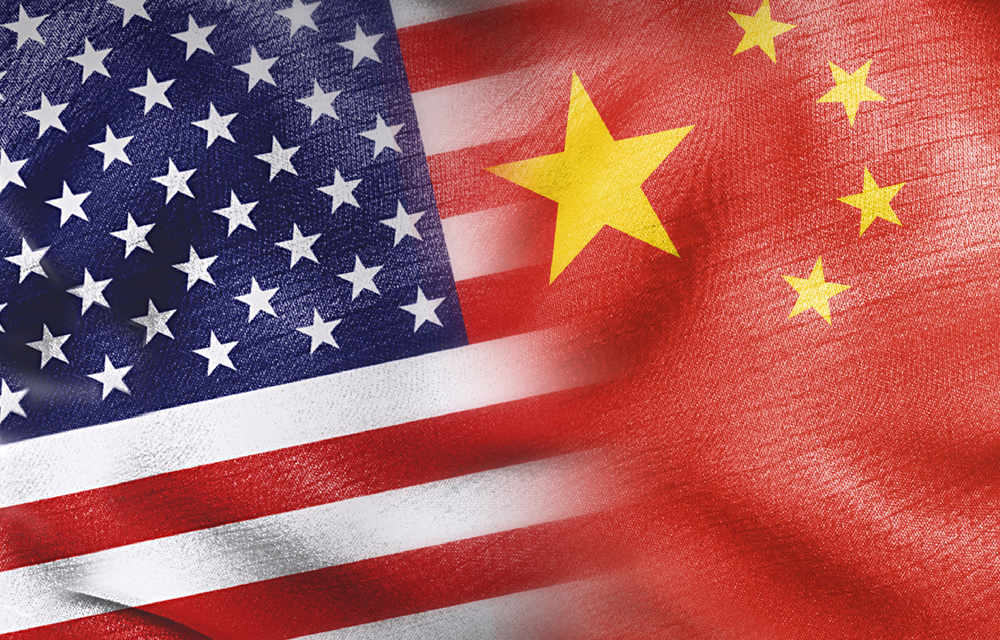
Tencent and Baidu, two of China’s largest technology companies, have revealed how they are navigating the global artificial intelligence race despite tightened U.S. export controls on key semiconductors.
Martin Lau, president of Tencent—the operator of China’s dominant messaging app WeChat—said the company has amassed a “pretty strong stockpile” of graphics processing units (GPUs), essential for training large AI models. These chips have become critical as AI requires vast computing power.
Contrary to beliefs that more GPU clusters are necessary for advanced AI, Tencent has managed to achieve strong training results with fewer chips. Lau explained this allows the company to leverage its existing inventory for several future AI model generations.
For AI inferencing—the execution of AI tasks rather than training—Tencent is improving efficiency through “software optimization,” enabling better use of the same GPU resources. The company is also exploring smaller AI models that demand less computing power and making use of domestically produced chips in China.
Baidu’s “Full-Stack” AI Advantage
Baidu, China’s leading search engine, highlighted its “full-stack” AI capabilities, combining cloud infrastructure, AI models, and applications such as its ERNIE chatbot. Dou Shen, president of Baidu’s AI cloud division, emphasized that even without the most advanced chips, their integrated technology enables strong AI applications.
Baidu’s software efficiencies help lower costs and maximize the use of available GPUs. Shen also praised the progress made by Chinese companies in developing domestic AI semiconductors, which he believes will ease the impact of U.S. export restrictions.
China’s Push for Chip Self-Sufficiency
China has accelerated efforts to develop and manufacture its own semiconductor chips, including GPUs and AI processors. While still behind U.S. leaders, experts acknowledge steady progress in China’s domestic semiconductor ecosystem—from materials and equipment to chips and packaging.
Gaurav Gupta, a semiconductor analyst at Gartner, noted that stockpiling and homegrown chip development are key strategies Chinese firms use to counter U.S. export controls. Though not yet matching American chips, Chinese advancements provide an important alternative supply.
Some U.S. executives argue the restrictions hurt American businesses more than they slow China’s AI ambitions. Nvidia CEO Jensen Huang recently called the export curbs a “failure,” highlighting the challenges for U.S. companies in the global market.
What The Author Thinks
China’s determination to build a self-reliant semiconductor ecosystem shows that chip export controls alone won’t halt its AI ambitions. While the U.S. aims to protect technological leadership, these restrictions may inadvertently accelerate China’s innovation and independence in AI hardware. A more collaborative approach might better balance competition with global progress in AI technology.
Featured image credit: Wikimedia Commons
For more stories like it, click the +Follow button at the top of this page to follow us.
